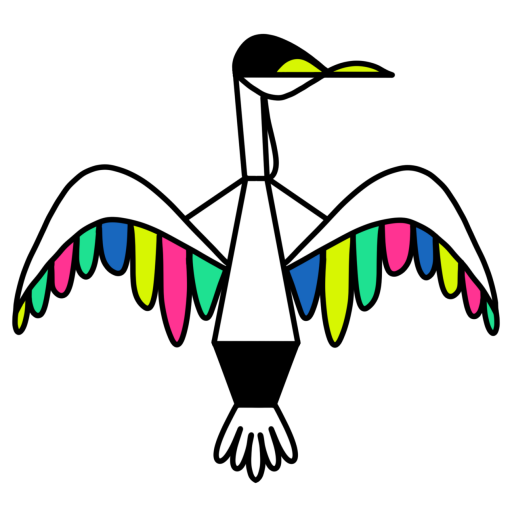A nice change of Sennery!
Monday the 30th of May 2022 will forever go down as an exceptional day in Canal It Up’s history. After an early start, our small team gathered around a hole in the ground, just behind the South Station on a site belonging to Vivaqua, and watched with excitement as our kayaks were lowered into a river with a crane. It was the starting point of a very special unprecedented underground kayak trip – on the Senne.
The start wasn’t a piece of cake. We had to climb down a number of ladders, get over a wall and step on a dinghy in order to settle in our kayaks, which were held at arm’s length to avoid them being carried away by the strong current. Water streamed into one kayak and sunk it, so we had to change teams before plunging into the darkness for a ride of 10km, of which nine in underground tunnels.
So many Brussels inhabitants are oblivious to the fact that a river streams through their city. With this unusual outing, we aimed to bring the Senne to light and to attract attention, not only to its existence, but also to the pollution it still faces today. Indeed 10 million m³ of sewage water are discharged into the river and the canal every year via the overflows.
Our trip took us first in a 7km-long tunnel which runs under the South Station, in the Sewage Museum, under the Brussels ring, the Maximilian Park and the commercial centre Docks, passing by the Paruck overflow (Sainctelette), one of the city’s largest overflows. And then, we saw the light for the first time, coming out in a high-ceilinged room – the cathedral – and then into the open air. Our small party was directly greeted by water birds before heading back into the darkness of the second 2km-long tunnel at the foot of Brussels incinerator. After passing underneath the Port of Brussels, we saw the sky again, but with a twinge of sadness at the approaching end of the trip.
Our trip took us first in a 7km-long tunnel which runs under the South Station, in the Sewage Museum, under the Brussels ring, the Maximilian Park and the commercial centre Docks, passing by the Paruck overflow (Sainctelette), one of the city’s largest overflows. And then, we saw the light for the first time, coming out in a high-ceilinged room – the cathedral – and then into the open air. Our small party was directly greeted by water birds before heading back into the darkness of the second 2km-long tunnel at the foot of Brussels incinerator. After passing underneath the Port of Brussels, we saw the sky again, but with a twinge of sadness at the approaching end of the trip.
Strangely, the experience has been a relaxing one. It’s calm and peaceful in the tunnels under the city, with only the muffled sound of traffic above our heads reaching us. There is no strong smell of sewage, except when passing by an overflow, and we didn’t meet any rats – though we did see many Chinese mitten crabs. That was a big change for Xavier Van der Stappen, our special guest, who tried to kayak on the Senne as well 35 years ago, in 1987 on the occasion of the European Year of the Environment. He wanted to get down a sewer drain with his canoe but didn’t succeed. It was a real act of bravery because the Senne was really Brussels main sewer at the time. It took 20 more years before the city’s biggest water treatment plant was inaugurated in 2007 and the sewage water finally treated. He wrote about his experience in a book and you can find the excerpt at the end of the article.
However, while the Senne has become a river again, work is far from complete. Traces of current pollution are clearly visible, with trash, toilet paper and wet wipes clinging to the plants and the riverbanks. And that’s only the tip of the iceberg. Will we be treated to the same sad sight in the Maximilian Park? The Senne will never be healthy if we continue to discharge sewage water in it. And still, Brussels authorities do not show any ambition to put a stop to this environmental problem in a foreseeable future. Yet, according to the European framework directive on water, all waterways should have reached a good chemical and biological state by 2027. Brussels needs to step up its game!













